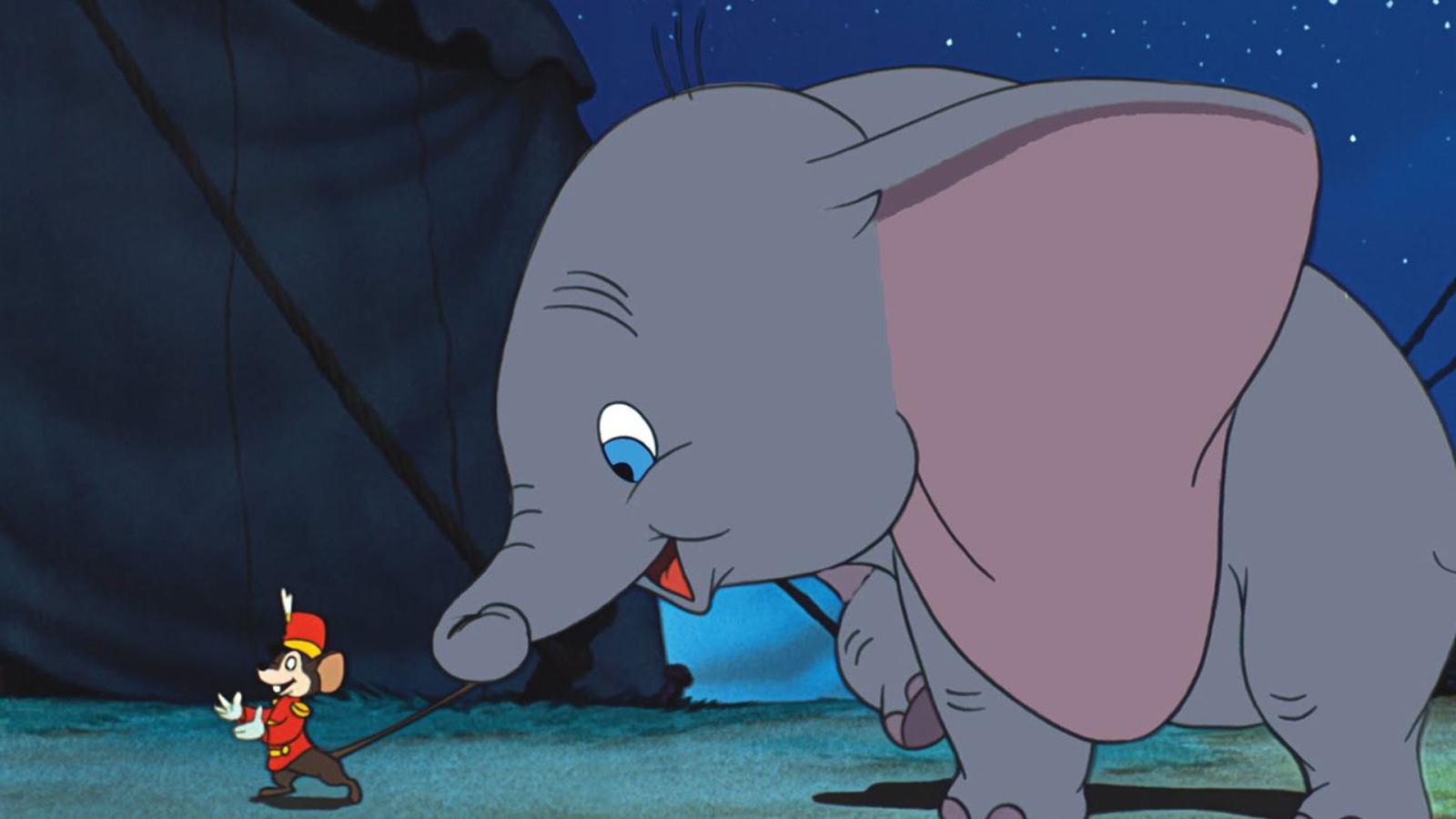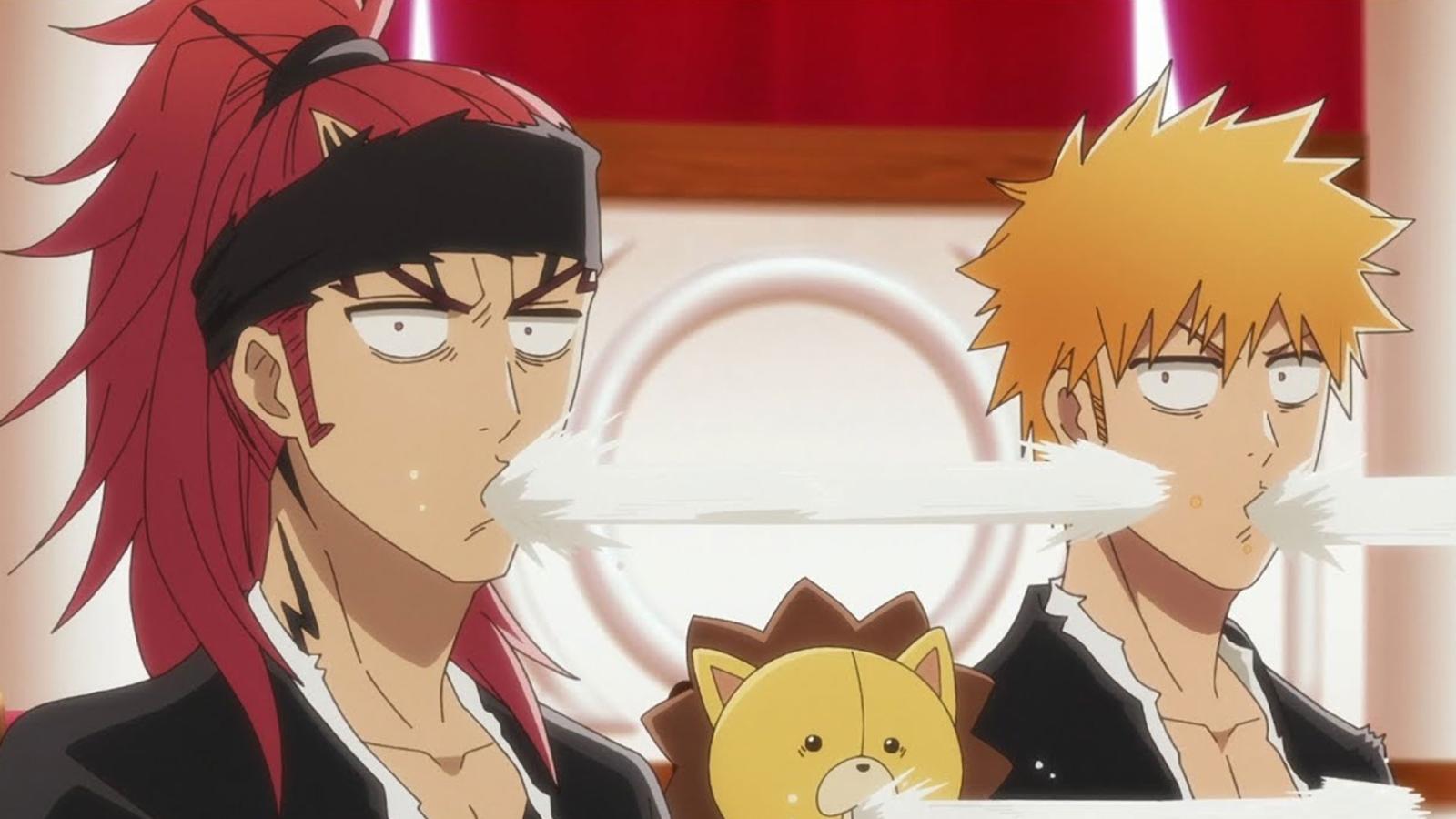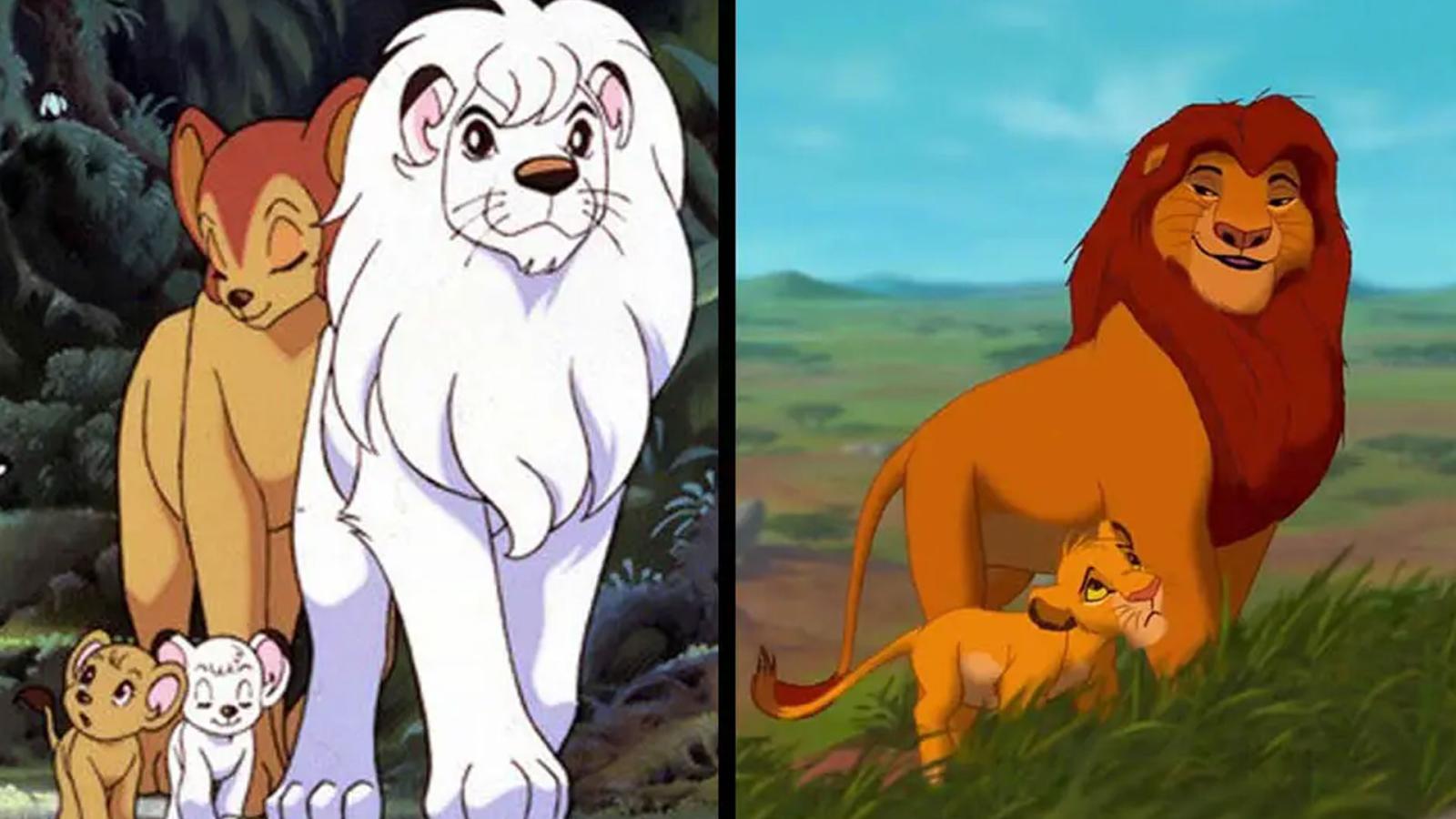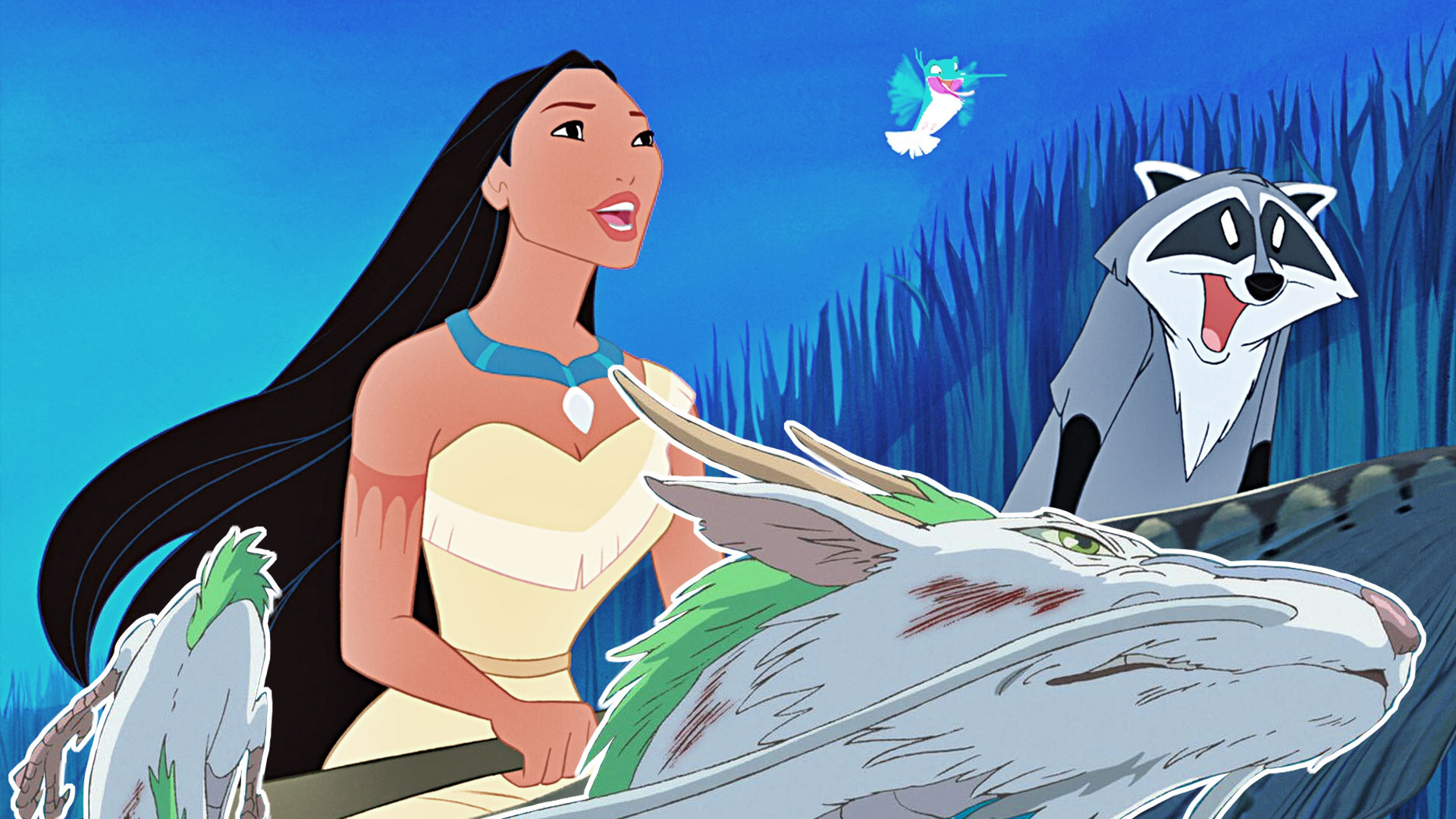Japanese and Western animation developed at the same time and alongside each other, so it is not surprising that they influenced each other. The effect of Disney on anime was especially profound.
Japanese and Western animation types are very different, but they developed alongside each other, which is why it is not surprising that they affected each other. This effect is best understood through the old story of Osamu Tezuka, the Manga God, and the newer tale of Disney purchasing the rights to anime.
As far as we know, the first anime appeared in 1917, and it was dedicated to a samurai. The oldest western animated movie, Fantasmagorie, was created in 1908 by Emile Cohl through a rather complicated technique involving drawings and illuminated glass. In the 1920s, more techniques were explored, and by 1928, Disney was working on Mickey Mouse, with the “Steamboat Willie” created that year.
The oldest feature-length Disney movie, “Snow White and the Seven Dwarfs,” was created in 1937. Unfortunately, the first feature-length anime was a World War II propaganda created in 1945. Despite this major stain on anime’s reputation (it being used to promote the Nazi agenda), both types of media survived the war, and both also exploded in popularity in the 1950s.
One of the most prominent figures in the post-war anime scene was Osamu Tezuka, who would be called the “God of Manga.” But before he earned that title, he grew up watching Disney movies, with his favorite being “Bambi,” followed by “Dumbo.” According to Osamu Tezuka himself, it was Disney that inspired him to use anime for telling stories and creating cinema in the form of anime, which meant having emotional, compelling storylines. He was also cited to have borrowed the focus of Disney on eyes, making them large and expressive; Tezuka’s characters had very large eyes, larger than Disney, and possibly, even more expressive. Following Tezuka, big eyes became a staple of all anime genres, which shows how profoundly Disney affected anime since Tezuka and for generations to come.

The influence now continues in another form, less artistic and more capitalistic. In the past few decades, Disney the Company has done its best to own as much media as possible, and it did not spare anime. It has bought Crunchyroll and Funimation, and now it owns Bleach, which is one of the most popular anime in the world. Disney has stopped merely influencing anime; it is now owning it.
Aside from Bleach, note that Studio Ghibli is distributed by Disney internationally, that Disney is partnering with Hulu, which also has a number of anime adaptations, and Disney is also being signed up with Nippon TV. Disney's in anime is strong, and its desire to bring it all under the Disney umbrella is a little intimidating. One can hope, though, that this new ownership does not imply that anime will get the same live action treatment that the original Disney properties are subjected to.

In the end, it can be argued that anime literally influences what Disney shows now because Disney has evolved into showing anime. Given the ownership rights, you can also argue the opposite; now that Disney owns some of the anime properties, those properties will have to do what Disney wants them to do. A Disney remake of Bleach does not sound very appealing.
One final and very interesting example of anime affecting Disney is the widely-known story of “Kimba the White Lion.” It was created in the 1950s and was adapted into a TV series in the 60s by none other than Osamu Tezuka. The similarities between “Kimba the White Lion” and 1994 “The Lion King” suggest that yes, that anime has influenced Disney; in fact, that the “God of Manga” himself inspired one of the most beloved Disney movies. Unfortunately, it was also later subjected to a live action remake, and one can argue that the influence of “Kimba the White Lion” is inching towards plagiarism. Still, one can say that the story came full circle; young Osamu Tezuka was inspired by “Bambi,” and Disney the Company was inspired by “Kimba.”

In summary, Western animation and anime have been developing together, flourishing at the same time, and as a result, it feels normal and natural for them to affect each other. In fact, the God of Manga, Osamu Tezuka, was the one to take a tool Disney used – large, expressive eyes – and turn it into an even greater tool and defining feature of anime. And now, Disney is starting to purchase anime, which means that Disney animation now includes anime, too! Which is good for anime fans and probably incredibly good for Disney’s bottom line.

